Hummingbirds are in constant danger by having to travel great distances to find food. You can help this wonderful migrating bird by setting up a sanctuary in your backyard. But how do you do that? In this in-depth guide, you will discover the steps for creating a hummingbird sanctuary. Next, I show you how to attract them by region, depending on where you live. You will also learn what type of flowers each hummingbird species prefers so you can ultimately entice each one to your back yard.
Creating a backyard sanctuary
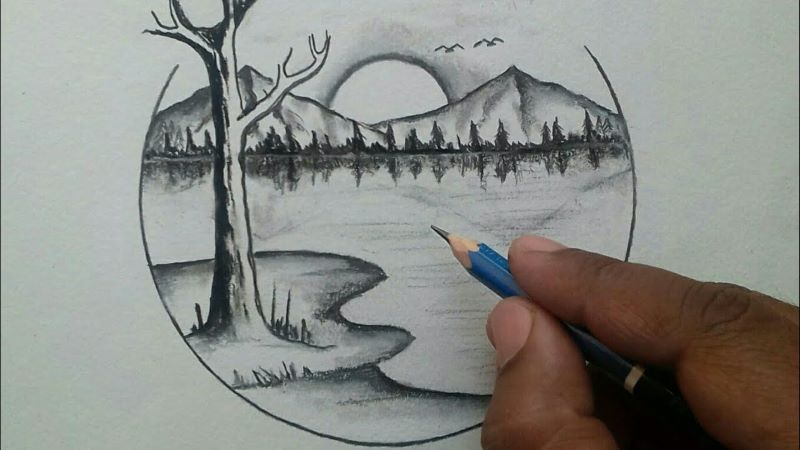
Step 1. Plot your back yard on paper
Take out a blank sheet of paper and mark out areas around your home. It can be just a rough sketch. Start with these features:
- Back porch
- Garage
- Grass area
- Existing garden
- Trees
- Shrubs
Step 2. Plant a hummingbird garden
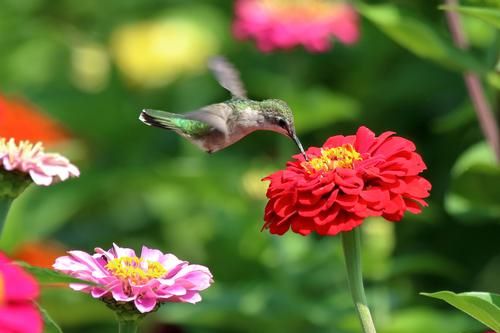
Hummingbirds are nectarivorous, which means they eat the nectar from flowering plants. So, an excellent primary source of food energy is red tubular flowers. Trumpet vines and red columbines are perfect examples.
You can take up as much of your back yard as you want for planting flowers to attract hummingbirds. For example, the entire area can be devoted to the cause.
Or you may just want a flowerbox in front of your dining room window. The choice is yours. So, whether you go big or small, anything you do will significantly impact these tiny visitors.
Step 3. Provide watering areas

All birds enjoy a good bath, and hummingbirds are no exception. Besides, a birdbath you set up in your yard may be the only water source they have for several miles.
Step 4. Use existing trees for perching
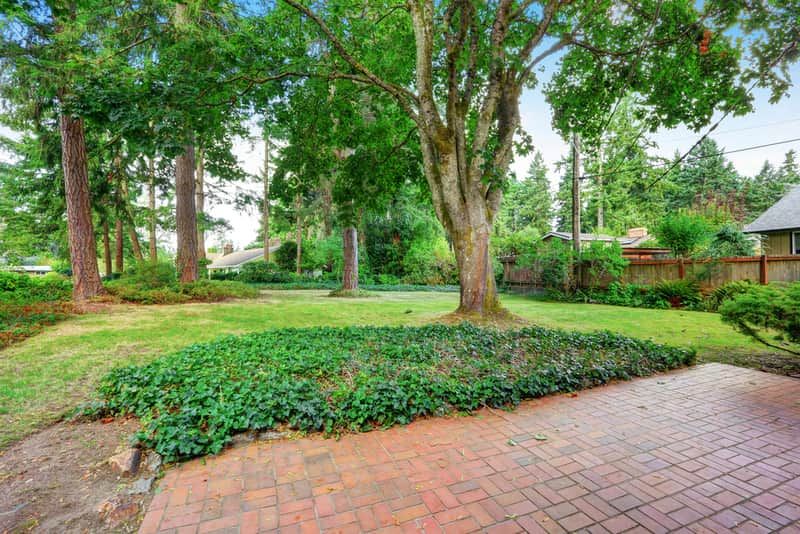
Hummingbirds don’t just fly around looking marvelous. They need a place to perch once in a while. Large tree branches are ideal for courtship rituals and nest building.
If you don’t have a tree in your yard or it is impractical to plant one, don’t worry. Hummingbirds are resourceful. They usually manage to find a place to rest their weary little wings.

Step 5. Consider supplemental bird feeders.
Just because you’re planting a huge garden full of flowers doesn’t mean you will see hummingbirds right away. It may take several weeks. So, it is a good idea to supplement with hummingbird feeders. You can check out some of our favorite squirrel proof bird feeders here.
Be sure to get ones that are easily accessible. Red ones will entice hummingbirds the best. Yellow will attract bees and wasps.
Avoid red-colored nectar mixes. They contain harmful dyes that can poison a hummingbird over time.
Instead, use a mixture of 1 cup of refined sugar to 4 cups of water. Bring to a low boil. Cool to room temperature before adding to the feeder.
Attracting hummingbirds by region
This section will show you what plants to use for your backyard sanctuary based on the region in which you live.
Eastern seaboard states and the midwest
Hummingbirds migrate from northern Maine down to the southern parts of Florida. Their nesting areas during the summer months usually include Georgia and the Carolinas.
The best flowers to attract hummingbirds in the region are red cardinal flowers and trumpet honeysuckles. These plants grow on vines and are attracted to direct sunlight.
Southern states and the southwest
Fireweed is the favorite flower for hummingbirds in the south. They can spread rapidly, even in the driest, harshest conditions.
However, in the desert regions of the pacific northwest, the larkspur may be a better choice. They don’t seem to mind the cooler climate.
West coast
Hummingbirds can be found along the entire pacific coast, from Southern California To northern Washington. Their favorite nectar in the region is from eucalyptus trees.
Local species of the Manzanita flower is also an excellent choice. This evergreen plant is sturdy, even during the worst summer droughts.
Also, don’t forget to plant some beautiful Hummingbird trumpets, also called California Fushia. These climbing vines are a bit more delicate than Manzanitas and lose their flowers early in the fall. But hummingbirds love them, so it is a good idea to have them growing in your sanctuary garden.
Attracting hummingbirds by species
Creating a hummingbird sanctuary a hummingbird sanctuary to attract a particular species is possible. But it is essential to know about their nesting habits and what types of plants they prefer. Here are a few ideas to get you started.
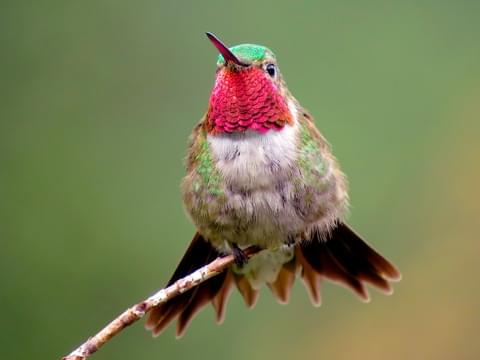
Broad-tailed Hummingbird (Selasphorus Platycercus)
The Broad-tailed hummingbird prefers the mountainous regions of the southwest United States and Mexico. So, its nesting areas include large shrubbery, willow, and spruce trees. And it feeds primarily off of scarlet gilia and hedgehog cactus.
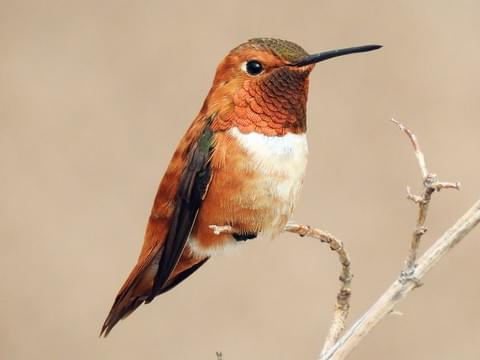
Rufous Hummingbird (Selasphorus Rufus)
The Rufous Hummingbird migrates over 2,000 miles each winter from southern Alaska to the middle part of Florida. It can work up a hearty appetite. So, you may want to plant some western columbines just in case it stops by for a snack.

Ruby-throated Hummingbird (Archilochus colubris)
Backyard sanctuaries in the midwest are critical for the migration path of the Ruby-throated Hummingbird. This popular species has to travel from the middle part of Alberta all way to south Florida. That’s quite a Journey.
The Ruby’s favorite foods are the trumpet honeysuckle and the red cardinal flower. But any nectar-producing, climbing-vine will do. Just be sure to plant lots of them.
One last thing
For best results, it preferable to plant large swaths of flowers. The greater the variety the better to attract hummingbirds. And be sure to keep them free from pesticides. When creating a hummingbird sanctuary it’s always important to be aware of pesticides!
Above all, have patience. It may take some time before you witness the beauty of hummingbirds taking over your wonderful garden. But the wait is well worth it.
I have dozens and dozens of hummingbirds in both my front and large backyard. I have numerous trees and scads of flowering plants. I also have numerous feeders that I keep filled with sugar water-I often need to fill them twice daily. Is there any way to be designated as a hummingbird sanctuary?